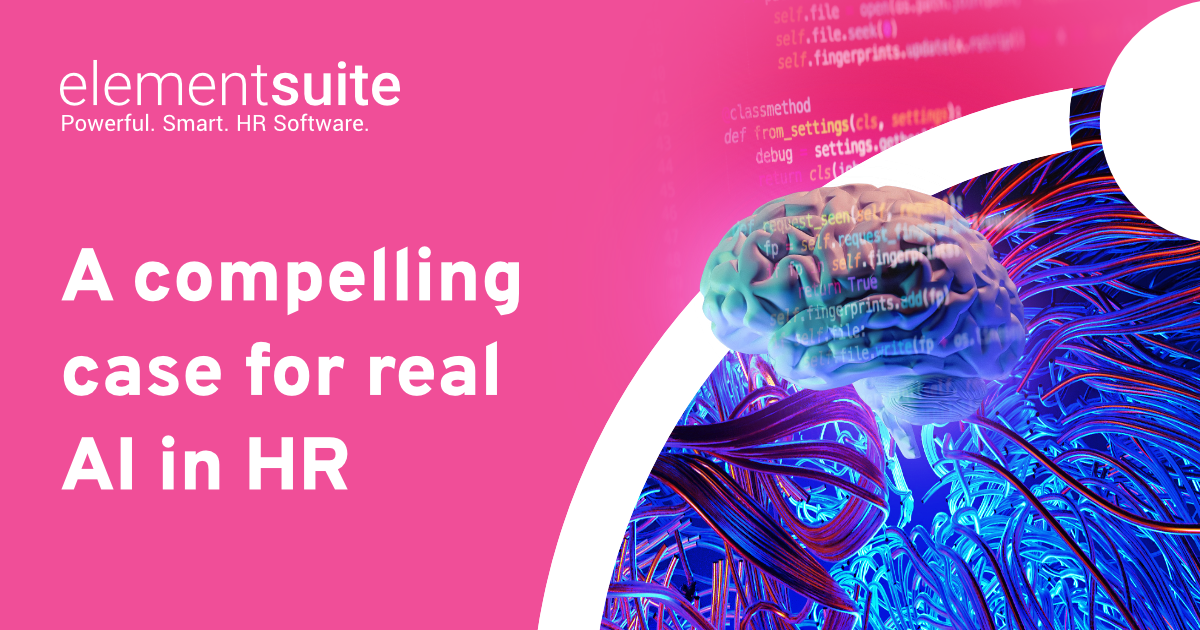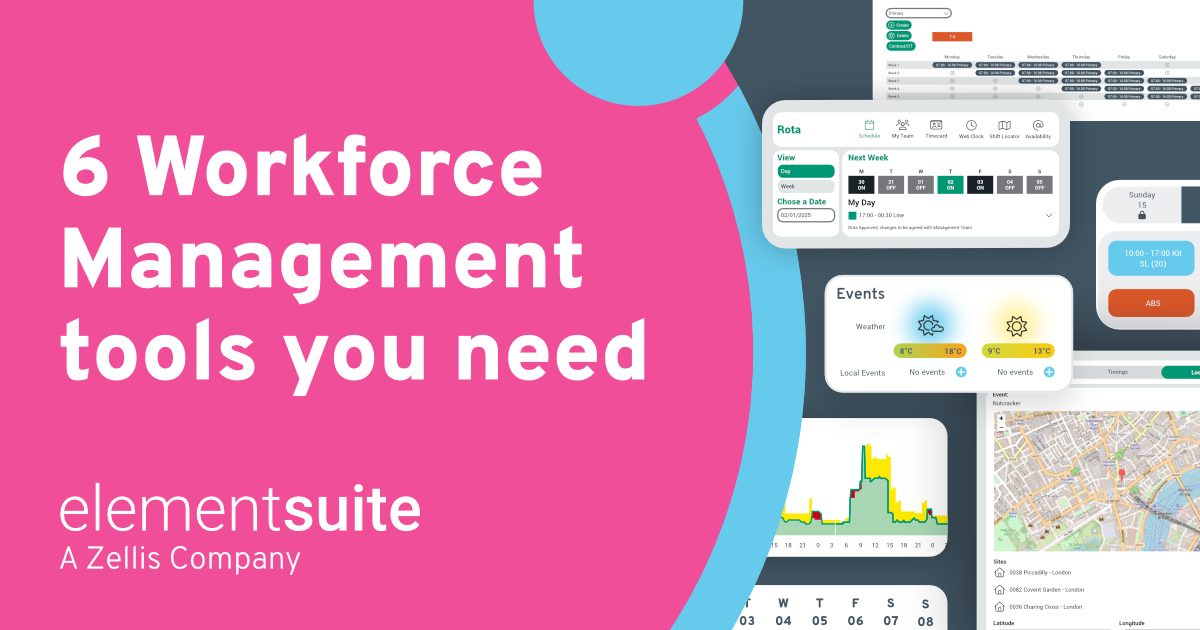It’s difficult to avoid the subject of Artificial Intelligence (AI) these days. Sadly it’s widely misunderstood and misrepresented, with many companies seemingly adopting an approach of “why let the reality of AI get in the way of a good marketing strapline.”
I’ve seen word-pattern matching, workforce scheduling, and simple profile matching – all touted as examples of AI. Call me cynical, but in most cases the examples are NOT using Machine Learning (ML), Deep Learning or multi-layered neural networks techniques, and as such are imposters to “real” AI.
A single version of digital truth
The Economist recently published an article called “The new AI-ssembly line”( Feb 22nd 2020).
So in light of the above, and as a keen reader of The Economist, I believe to be one of the last bastions of truly great journalism, this excellent article naturally piqued my interest.
One of the main thrusts of the article is that in order for organisations to be AI ready they need to have a single version of their data (aka “Digital Truth”) readily available in a central digital data repository. The trendy term for this is a “Data Lake”.
What I loved about this article was the dawning realisation of something so profound that it’s importance seems to have got lost in the melee of time, fashion and progress.
Best of Breed has a lot to answer for…
“Best of Breed” has long been propagated as an acceptable (and often preferable) approach to procuring HR software. I have nothing against the Best of Breed strategy – the concept that specialist vendors can offer specialised function to differentiate and add value to business performance is of course difficult to dispute. As an ex-Enterprise Architect I used to love concepts of EAI (Enterprise Application Integration) and SOA (Service Oriented Architecture) as methods of solving the best of breed integration problem. But I very rarely saw these concepts implemented cost effectively.
So what’s my issue with the Best of Breed approach? Its that the complexity and ongoing cost of ownership of integrating separate applications is vastly underrepresented and understated. Vendors chasing SaaS revenue will tend to underestimate the costs associated with reconciling data across different systems. Often known as “provisioning” organisational and user data, Joiner/Mover/Leaver data is required to make Best of Breed systems work (systems need users) and users require authentication and authorisation to be invoked, amended and revoked based upon their role and tenure within an organisation. Even if this integration is painfully built, tested, and made robust – Best of Breed systems very rarely achieve Single Sign On across the system estate – which leads to further disjointed user experience and potential security risks.
As such Best of Breed in my opinion has a lot to answer for, and has left a patchwork of badly integrated solutions for Enterprises to try and now stitch back together. So, to put it another way, it’s left a patchwork of stale puddles, millponds, lagoons and waterholes. They now need to be pumped back into a “Data Lake” if companies want to make use of their data and implement an AI strategy.
AI solves the problem
I appreciate that for every problem there are solutions – data handling and integration vendors are now emerging that claim to able to solve these problems. But fundamentally these mean yet more integrations and that means they are costly to setup and maintain.
Wouldn’t it be better to solve the problem a different way? Simply by implementing full-suite HR in the first place, you already have your data lake in a single place without the need for costly integrations.
Yes, I appreciate there may be perceived and real disadvantages of not using the specialist functions that provide the differentiation within a best of breed solution. However, it seems to me that these advantages are vastly outweighed by the strategic advantages of enabling an AI strategy by having your HR data in a single place.
If you can’t retire all your best of breed applications straight away, that’s OK. I’d suggest it’s a good idea to implement HR software that incorporates an enterprise-class data absorption and storage platform. In other words a scalable object / relational database, plus the modern and flexible integration methods to easily absorb and integrate your data into it.
HR strategy for enterprise AI
And before anyone points it out, I appreciate that an Enterprise AI strategy may wish to merge non-HR data such as CRM, Financials, Supply Chain et al into the Data Lake. But at a minimum, managing and consolidating your strategic HR data together provides a huge step forward.
Cross-functional data governance across organisations, is often sclerotic. So why shouldn’t HR take the initiative to implement an HR strategy for AI. HR lends itself to so many opportunities for AI to yield benefits (the subject of a future article).
So how are you going to implement your HR AI strategy? To start fishing in your HR data lake, you’d better start by having your HR data in a single place.




